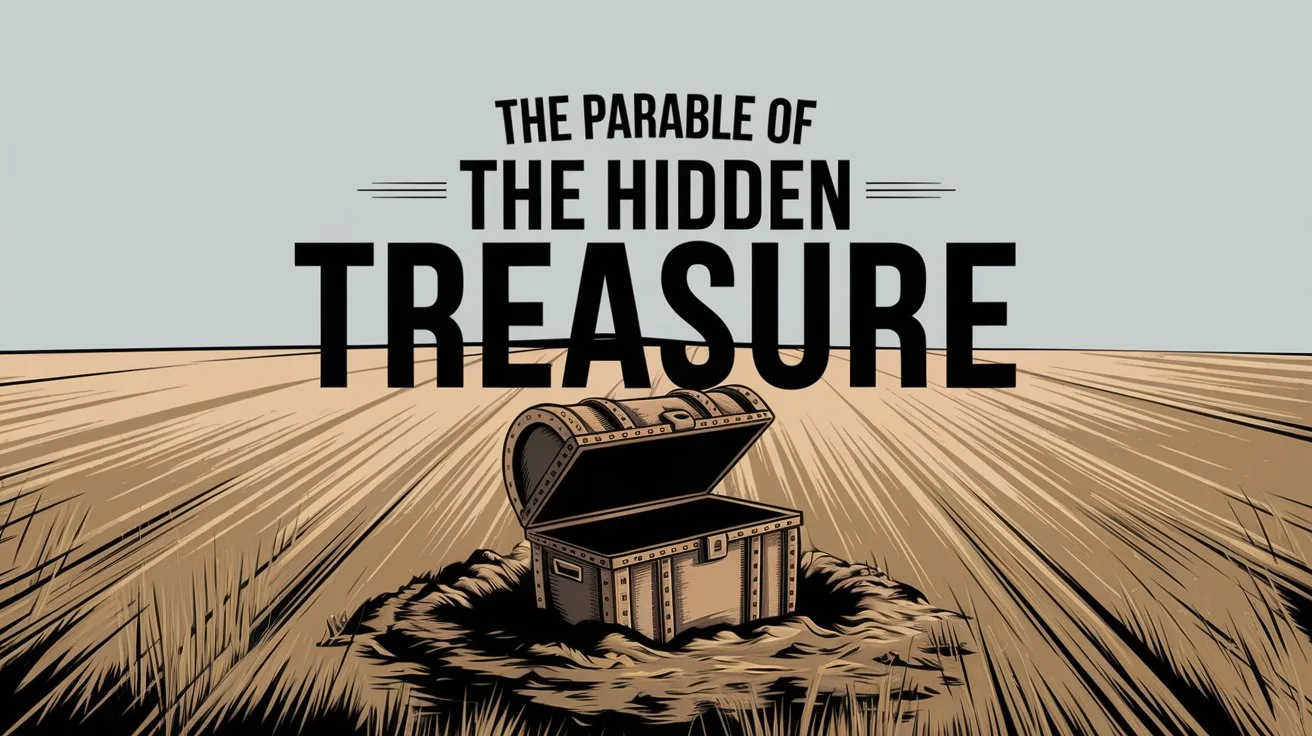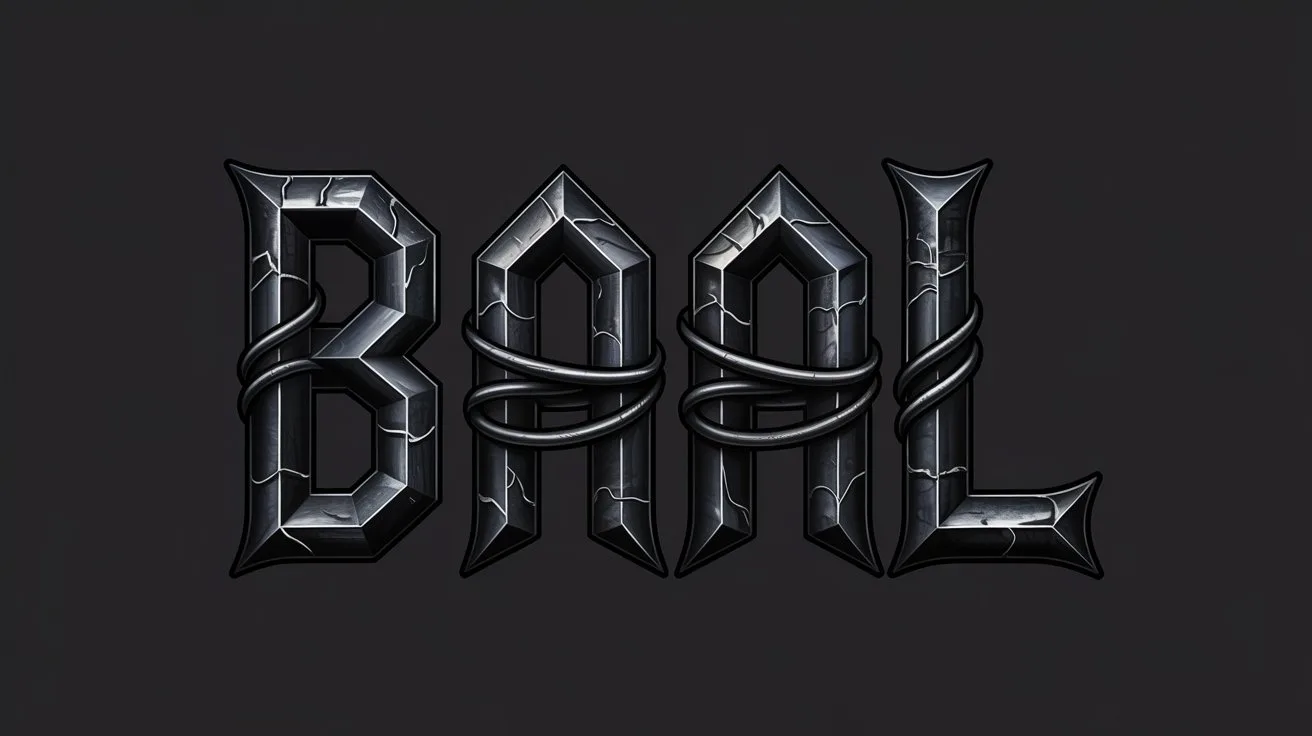There are so many symbols in Revelation because the book is a prophetic vision that conveys spiritual truth, divine judgment, and future events through imagery designed to reveal deeper meanings while preserving the message across time and cultures. Symbolism allows Revelation to speak clearly to believers in every generation without being tied to one culture, government, or moment in history.
Revelation 1:1 begins with this introduction:
“The Revelation of Jesus Christ, which God gave Him to show His servants—things which must shortly take place. And He sent and signified it by His angel to His servant John.”
The word “signified” (Greek: σημαίνω, sēmainō) means “to make known through signs.” From the outset, the book declares its use of symbolic language. This does not mean the book is fictional or allegorical. It means that real truths are being communicated through visual representations.
Throughout Scripture, God has often used symbols to convey truth:
The tabernacle was full of symbolic elements representing heavenly realities (Hebrews 8:5).
Parables used everyday imagery to reveal spiritual truths (Matthew 13:10–13).
Daniel and Ezekiel also received visions filled with symbols representing empires, judgments, and divine plans (Daniel 7; Ezekiel 1).
In Revelation, the symbols serve specific purposes:
To reveal, not conceal, truth to believers. The symbols make plain what God is doing on a spiritual level, even if the political or earthly scene appears chaotic.
To preserve the message under persecution. During times when Christians were being persecuted by Rome, symbolism protected the text from being interpreted as direct political subversion.
To draw from Old Testament prophecy. Revelation is saturated with imagery from Daniel, Ezekiel, Isaiah, Zechariah, and the Psalms. These connections validate the continuity of God’s plan.
Examples of this symbolic language include:
The Lamb: Christ in His sacrificial role (Revelation 5:6).
The Dragon: Satan, the adversary of God’s people (Revelation 12:9).
The Beast: Political and religious powers opposed to Christ (Revelation 13).
Horns, eyes, seals, trumpets, bowls, stars, and beasts: all carry meaning derived from Old Testament roots.
Revelation also uses numbers symbolically. The number seven, used over fifty times, represents completeness or divine perfection. Twelve signifies governmental foundation: twelve tribes, twelve apostles, and the twelve gates and foundations of the New Jerusalem.
While symbols can be misunderstood when taken out of context, their purpose is not to confuse but to engage the faithful with Scripture, encouraging deeper study and spiritual discernment. Revelation calls believers to read with understanding:
“He who has an ear, let him hear what the Spirit says to the churches.”
(Revelation 2:7)
Symbolism in Revelation is not random or abstract. It is anchored in Scripture and clarified by context. It invites God’s people to look beyond the surface of world events and see the hand of God working out His purposes.







